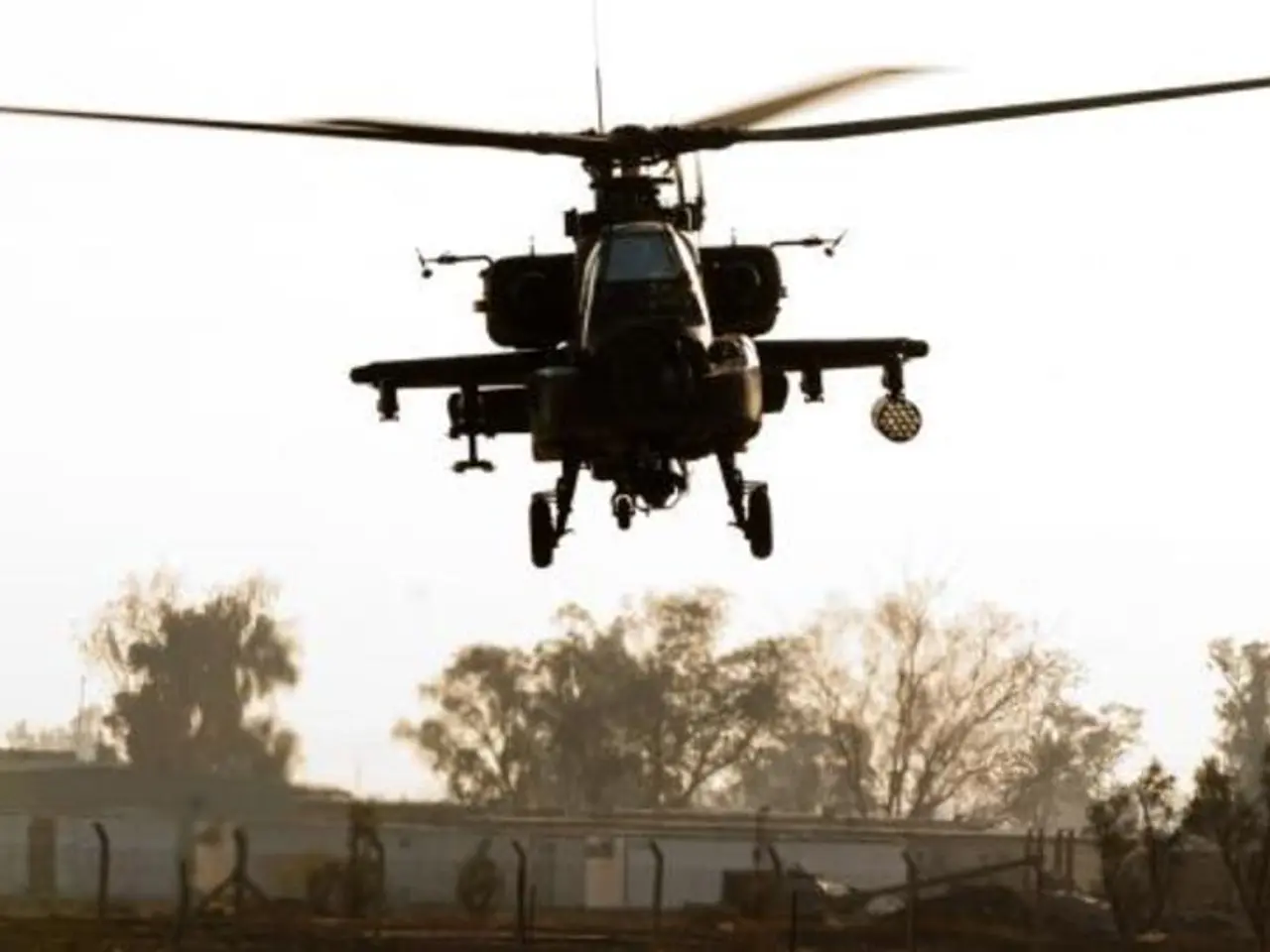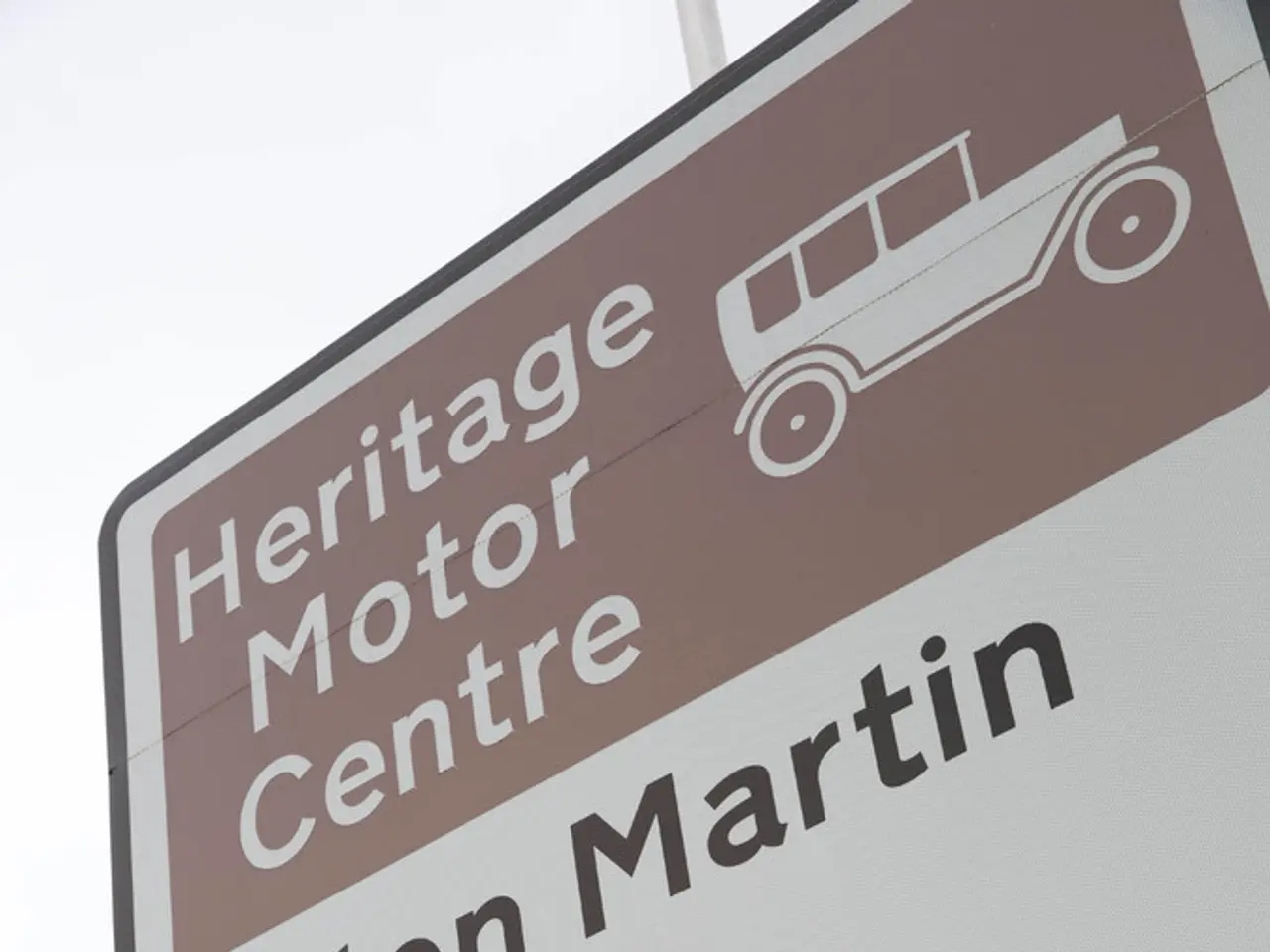Requirements for Drone Operation Concept of Operations (CONOPs) in Part 107
The Concept of Operations (CONOPs) is an essential document in the process of requesting a Part 107 waiver for Unmanned Aircraft Systems (UAS) operations. This comprehensive document provides a clear, detailed overview of the proposed drone operation, addressing key aspects that ensure regulatory compliance and operational safety.
The CONOPs begins by explaining the purpose of the operation and the scope of activities involved. This helps regulators understand what the operation aims to achieve and the nature of the flight missions to be conducted.
Next, the CONOPs outlines specific details such as the geographical areas of operation, operational constraints, safety protocols, and procedures. This information demonstrates that the operation can be conducted safely within the national airspace system.
The document also identifies the type of UAS to be used, including specifications, airworthiness, performance, and capabilities. This is crucial for assessing risk and compliance with regulations.
Another important aspect of the CONOPs is the detailing of all safety measures, risk assessments, and mitigations. This helps assure the Federal Aviation Administration (FAA) that the operation meets or exceeds safety standards required to approve waivers for otherwise restricted activities such as operations over people or beyond visual line of sight.
The FAA certification or waiver reviewing team uses the CONOPs during pre-application or evaluation phases to familiarise themselves with the proposed operation. This fosters clearer communication, smoother review, and a better understanding of how the operation can be conducted safely under the waiver’s provisions.
The CONOPs should also address the guide questions for the specific Part 107 regulation to avoid common reasons for waiver request denials. For instance, it should include details on the aircraft type, model, specifications, limitations, and location (provided as a KML file or coordinates).
Moreover, the level of experience of the Remote Pilot in Command (RPIC) and other crew members can significantly impact a waiver application. The CONOPs should, therefore, highlight the qualifications, training, and experience of UAS operators, visual observers, and the RPIC.
It's also important to analyse the proposed location for nearby airports, critical infrastructure, population density, and power plants/hospitals. This shows the FAA that proper research has been conducted and that the operation can be conducted safely in the given location.
If there are other special-use airspaces in the area, it's important to note potential nearby aircraft and strategies for maintaining situational awareness.
The Theory of Operation should provide a detailed schedule of activities, including pre-flight site visits, weather checks, pre-flight inspections, crew briefings, and a schedule of operations.
In essence, the CONOPs functions as a foundational document that communicates the operator’s plan and safety approach in detail, significantly enhancing the likelihood of Part 107 waiver approval by demonstrating operational safety and regulatory compliance. It essentially bridges the operator's intent with the FAA’s safety expectations and regulatory framework for UAS operations.
For those seeking guidance in preparing a CONOPs, a Part 107 Waivers Made Easy online course is available. This resource offers worksheets summarizing relevant guide questions, instructional videos, sample waivers, and step-by-step instructions on preparing, submitting, and receiving a Part 107 waiver.
In the detailed CONOPs, the operation's financial aspect is addressed, illustrating how technology costs will be managed and allocated for the acquisition and maintenance of the drone. The CONOPs also highlights the experience and qualifications of the remote pilots in command, especially when it comes to sports operations, ensuring regulatory compliance while ensuring a smooth, safe, and successful drone mission.




